Search

Round Bale Storage Conservation
Fact sheet discussing conservation of round bale storage.
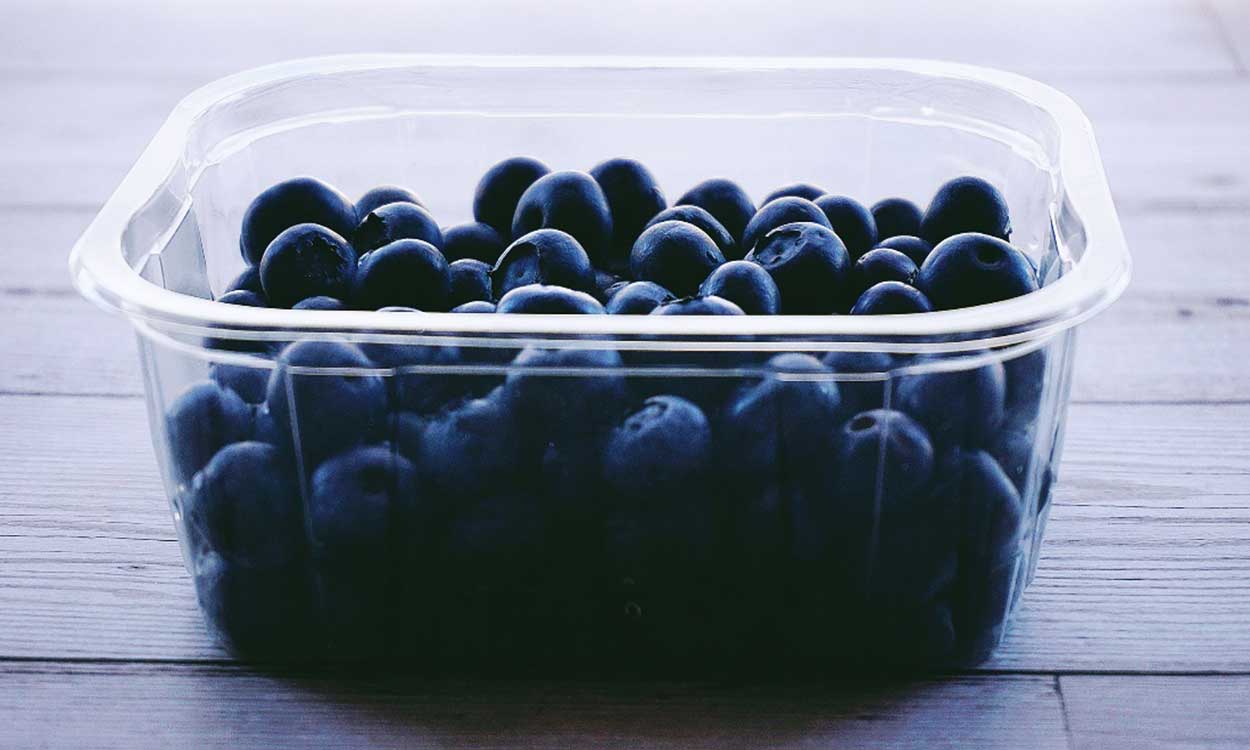
Have Excess Produce? Freeze It!
Freezing is one of the easiest forms of preserving food. It reduces food waste, saves money and allows you to have quick quality produce on hand at all times. The

Steam Canning
Steam canning is a quick and simple method of preserving produce using steam. While steam canning was previously not an evidence-based practice, recent research indicates steam canning may be a safe home food preservation method for canning naturally acidified foods.
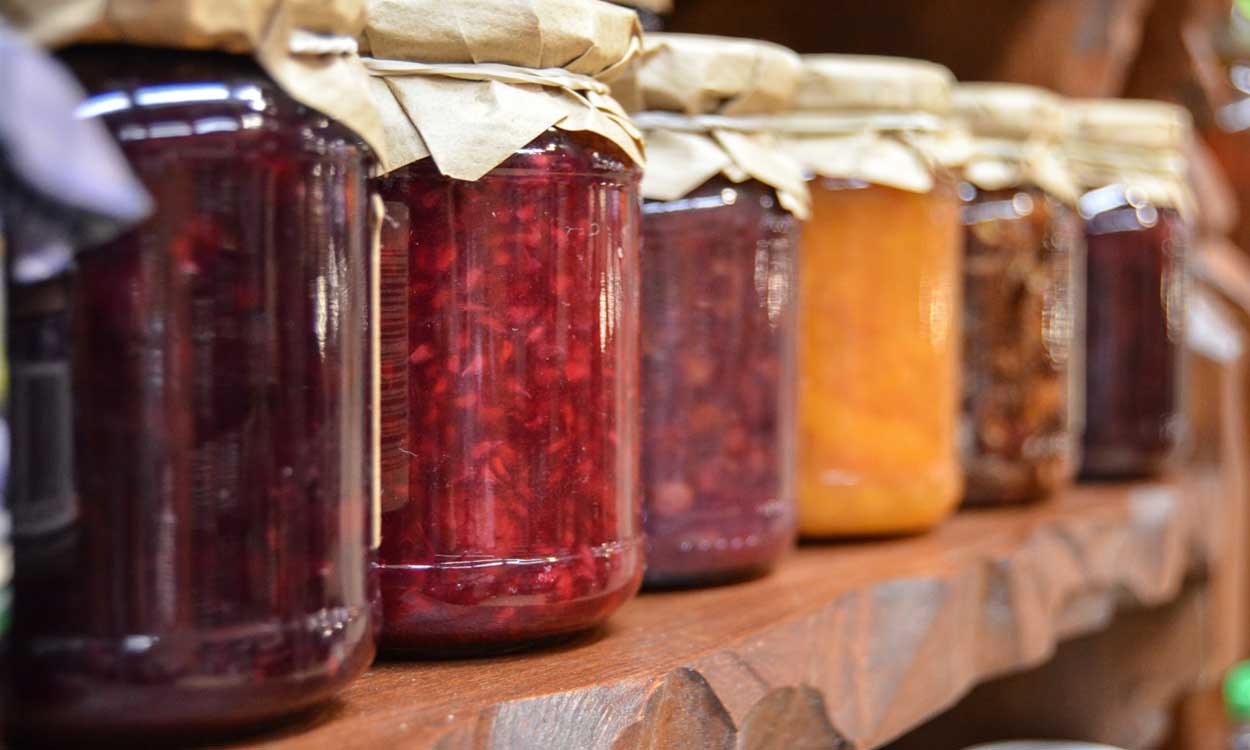
Canning Jams and Jellies
Sweet fruit products like jelly, jam, preserves, conserves and marmalades are jellied or thickened and preserved by sugar. The differences between the fruit products are categorized by the way they are prepared, proportions of fruit, pectin, acid and sugar in the mixture and the method of cooking.
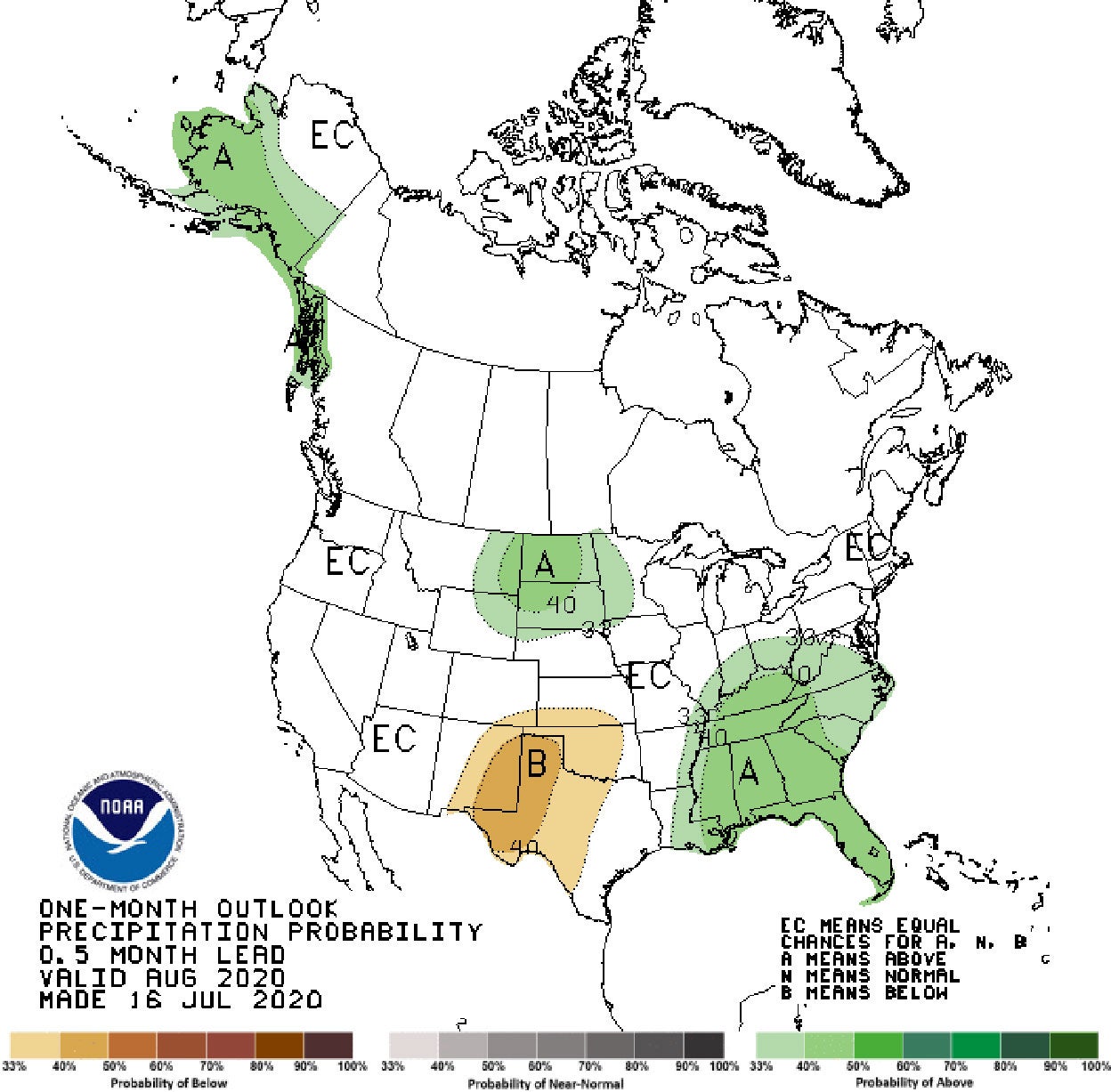
Late Summer 2020 Climate Outlook
Drought concerns in South Dakota may be relieved later this summer, according to the NOAA Climate Prediction Center’s seasonal outlook released this week.
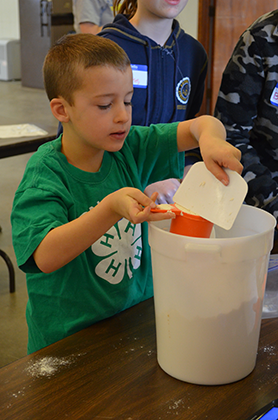
2020 State 4-H Event Cancellation List
This list aids planning and decision-making for 4-H member families and volunteers in light of the ongoing COVID-19 pandemic.
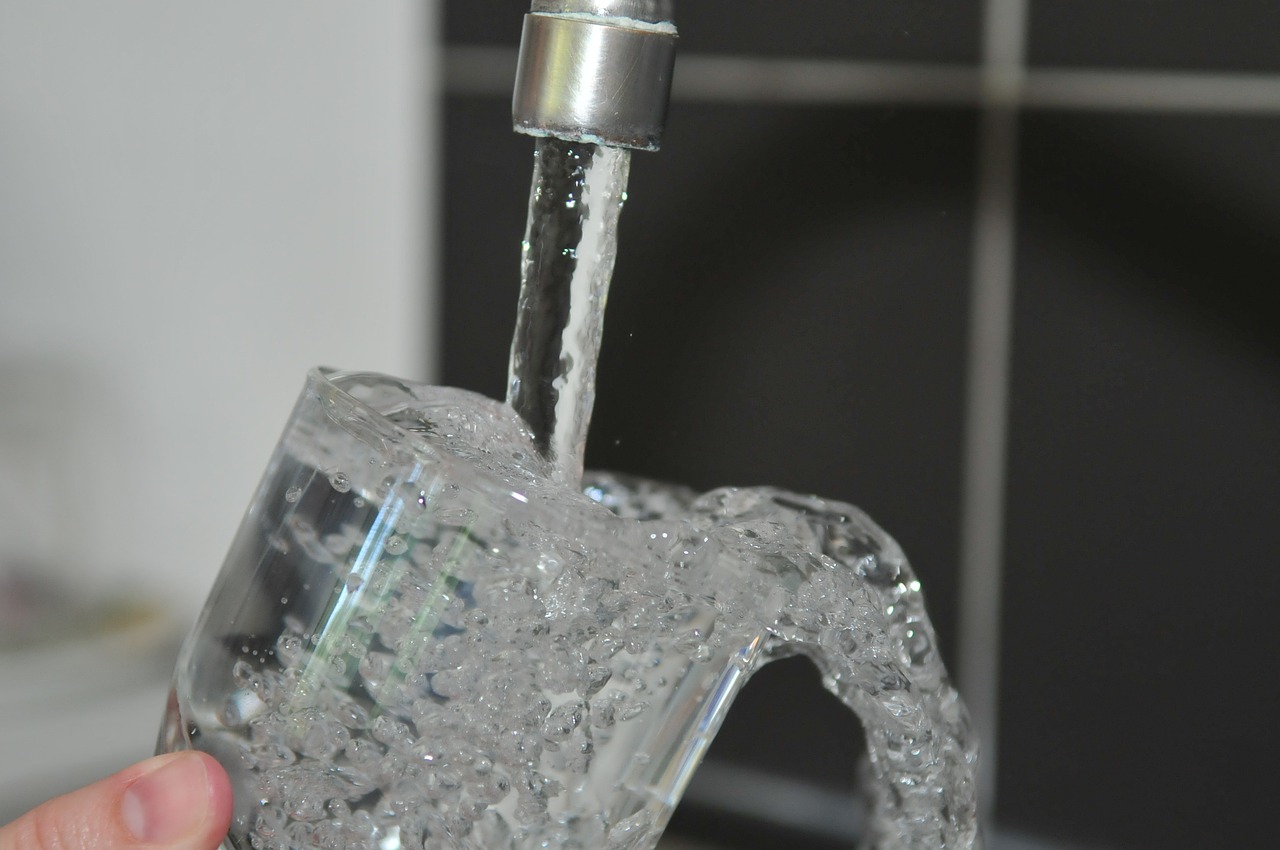
COVID-19 and Home Water Use
There have been questions regarding spread of the virus that causes COVID-19 through drinking water.
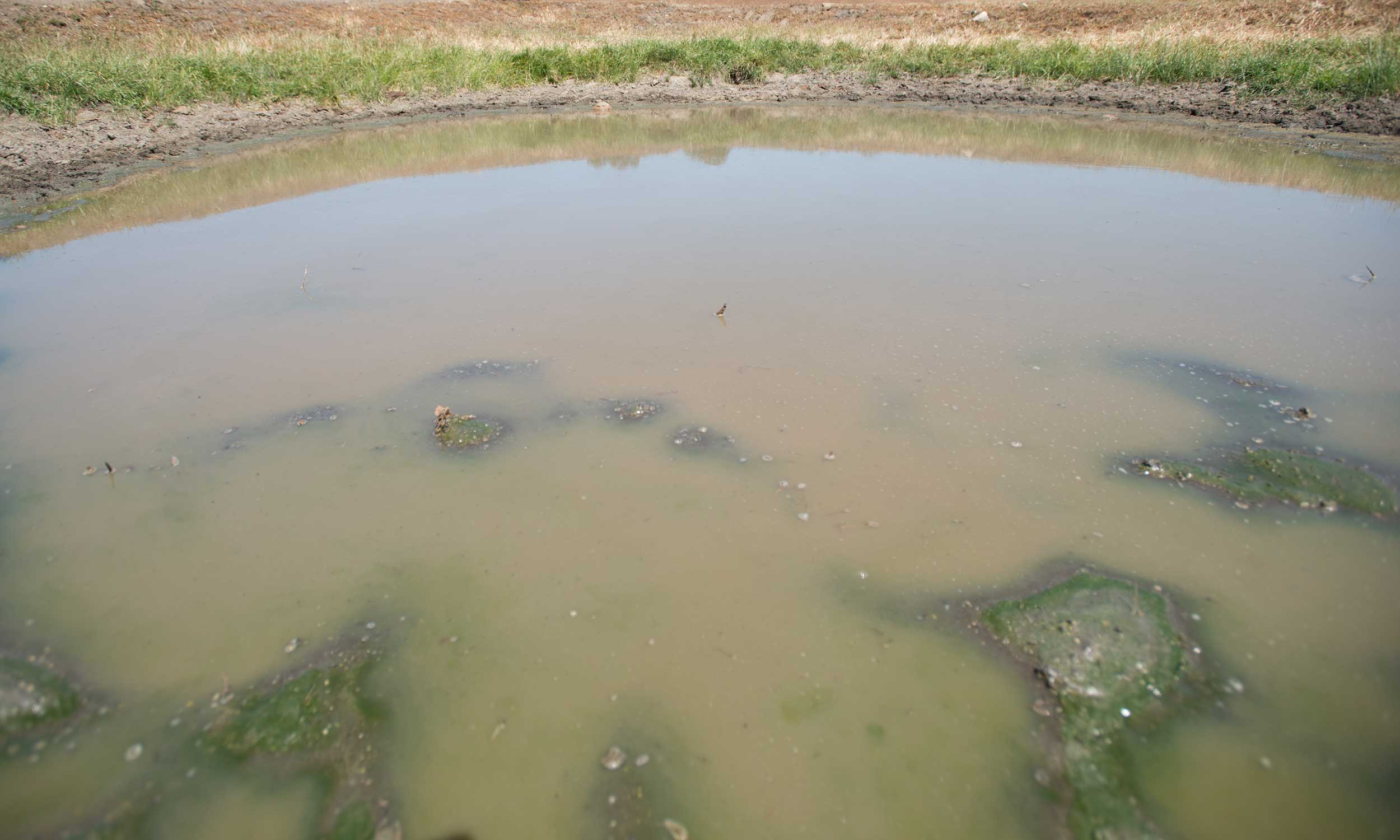
How Important Is Water Quality to Livestock?
Water is the most important nutrient to all livestock animals and is sometimes overlooked. Poor quality water can have a negative effect on growth, reproduction, and general productivity of the animal.
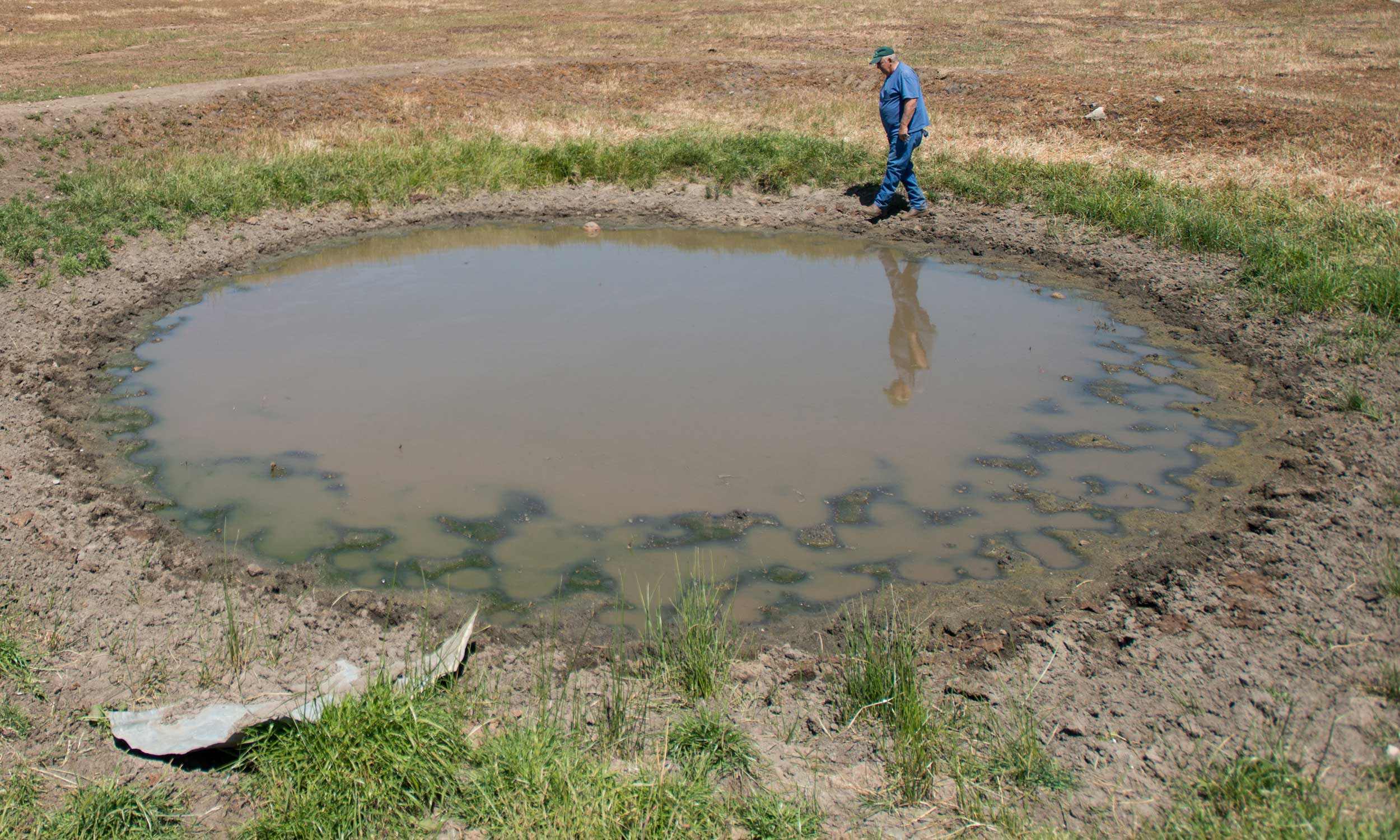
How Do Sulfates in Water Affect Livestock Health?
Poor-quality water will cause an animal to drink less. As a result, they also consume less forage and feed, which leads to weight loss, decreased milk production and lower fertility.

Precautions for Grazing Weevil-Infested Alfalfa
Alfalfa weevil populations are high this year, creating challenges for producers. Questions have arisen on how to get some value out of the forage by grazing it rather than putting it up for hay.